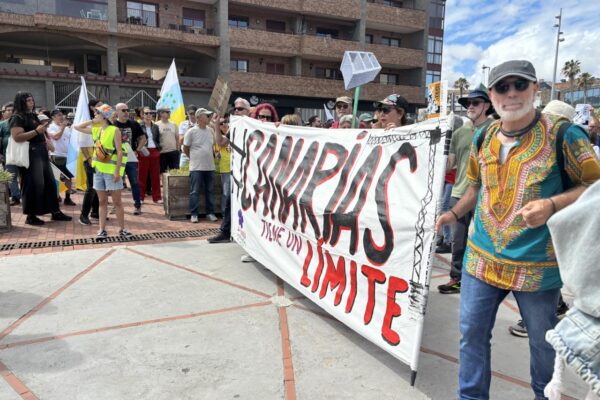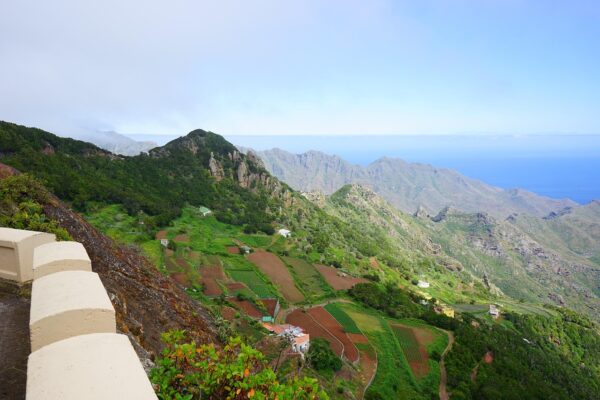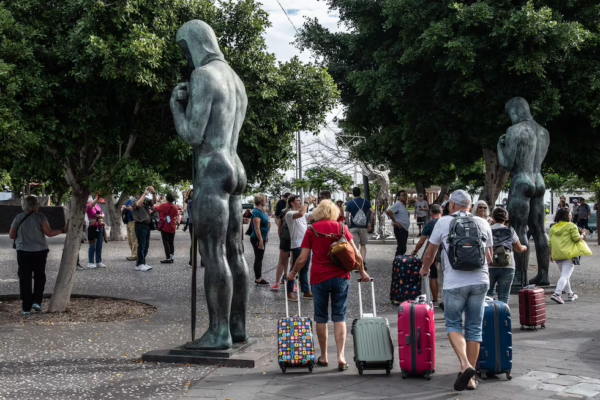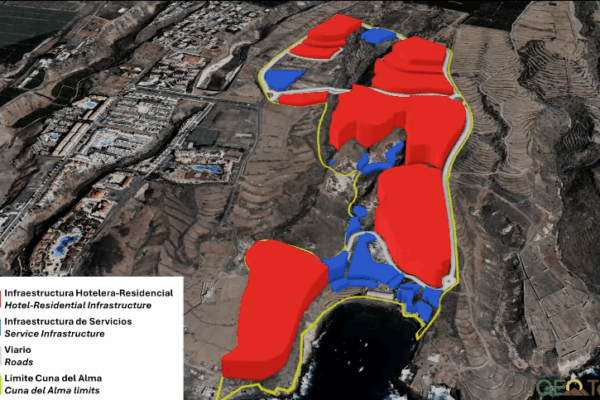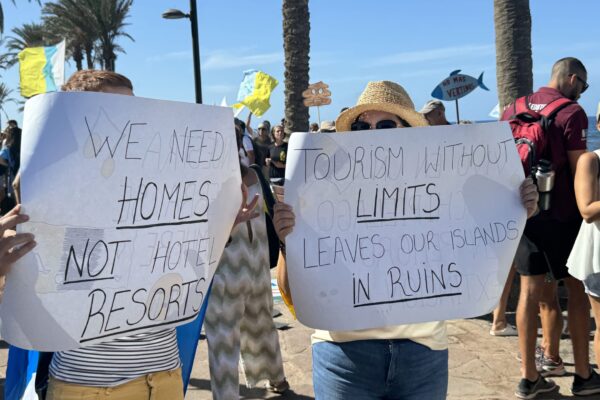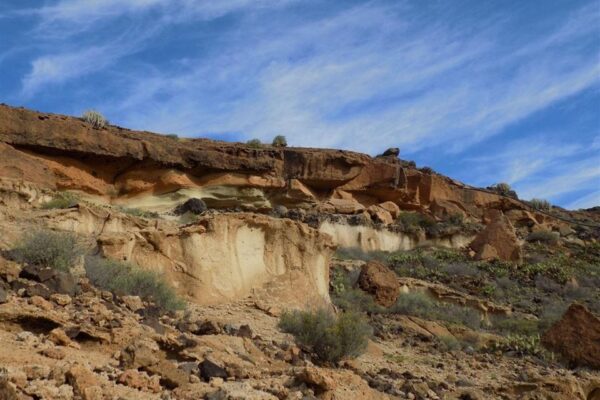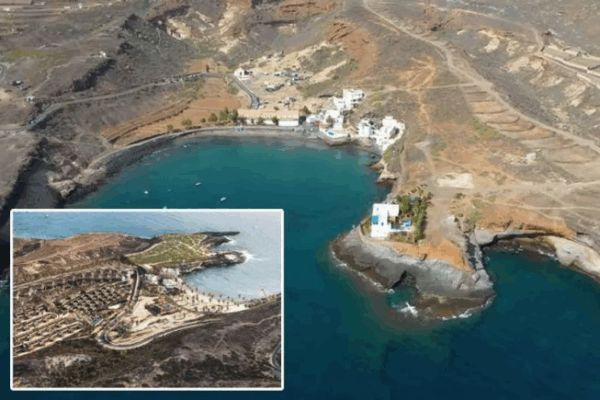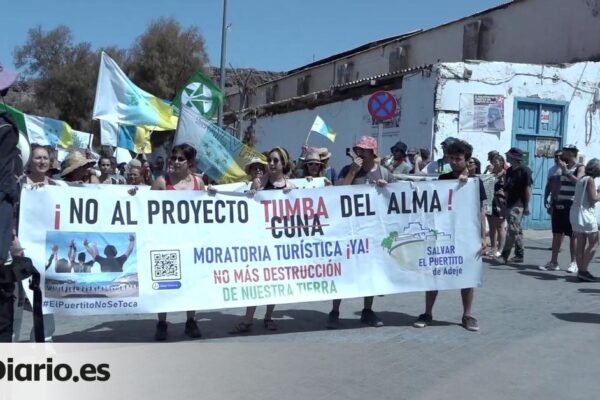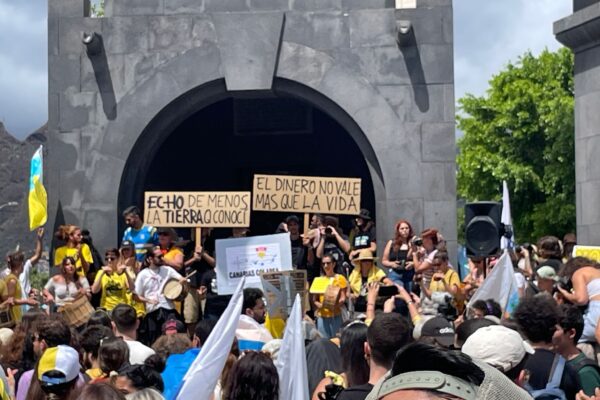
Urgent events covered by GeoTenerife. Learn more about what is happening and why residents are protesting.
Summary of the protests
Tourism in the Canary Islands has surged post-pandemic, with over 14 million foreign visitors in 2023—more than Brazil and Australia combined—and numbers projected to reach 18 million in 2024. Including 2 million Spanish visitors, this influx overwhelms the islands’ 2.2 million residents. Despite €1.17 billion in hotel investment in 2023 (the highest in Spain), most tourism income (70%) flows abroad. Locals face low wages (€1,200/month on average), soaring rents, and widespread poverty—one-third are at risk of social exclusion, and 65% struggle to get by. Frustrated by unchecked development and environmental degradation, 200,000 Canarians protested in April and several thousand again in October 2024, demanding a more sustainable tourism model that prioritises local needs and protects the islands’ fragile ecosystem. A third large-scale protest was held in May 2025 which we are covering here on Urgent events.
Latest news

Who is involved in the protests?
Canarias Palante, a participatory process for a change of tourism model, have released a report with 80+ measures for systemic change in the economic model. The measures range from decarbonisation to democratic water management. learn more here. The report results from the analysis of their year-long public consultation process with 75 Canarian environmental platforms and the public, and the 1200 proposals submitted to Canarias Palante by these stakeholders.
‘The Canary Islands have a Limit’ is an umbrella platform for protesting against the unsustainable tourism model of the Canary Islands, which is eroding the environment, infrastructure and culture of the islands. The ‘Canarias Tiene Un Límite’ platform is used by multiple activist groups, including Greenpeace, Ecologists in Action, Canarias Palante, and ATAN. The movement focuses on all the Canary Islands, especially Tenerife, La Palma, and Gran Canaria, to demand systemic change.
Cite us
Research by Sergio P. Alfaya, GeoTenerife Collaborator, Isabel Queay, Volcanostories Researcher, and Ajay Wynne Jones, VolcanoStories Content Coordinator

